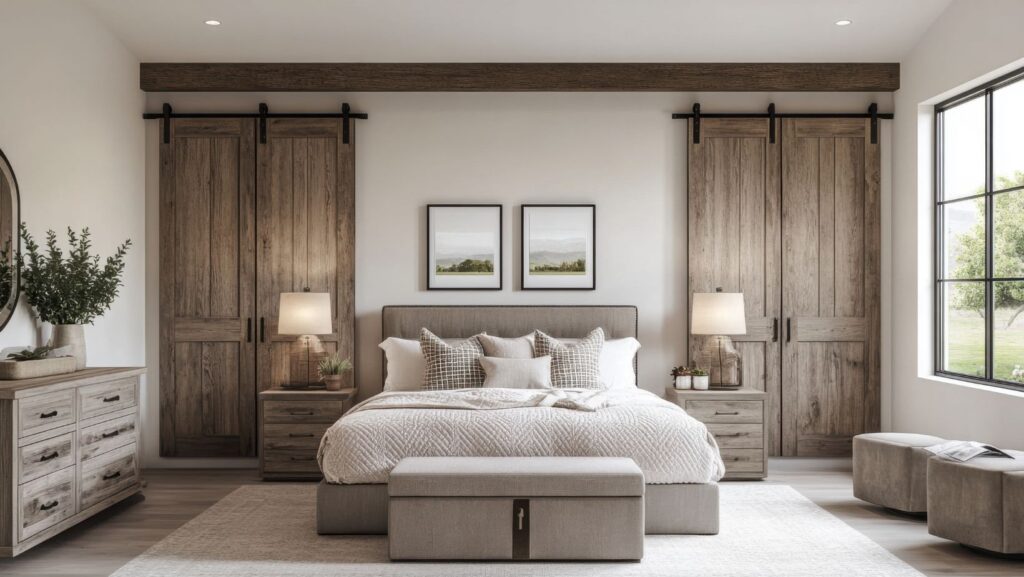How to Design Homes That Suit Sydney’s Climate

Designing a home that suits Sydney’s climate is about creating spaces that work with nature, not against it. With hot, humid summers and mild winters, homes here need to stay cool when temperatures soar and warm when the chill sets in. Achieving this balance requires thoughtful attention to airflow, sunlight, and material choice—all working together for year-round comfort.
Prioritise Passive Cooling and Cross Ventilation
Airflow is the foundation of a comfortable Sydney home. Good design allows cross ventilation, where cool air flows through one side of the home and pushes warm air out the other. This can be achieved by positioning windows and doors opposite each other and opting for open-plan layouts that encourage circulation.
Ceiling fans are invaluable for enhancing natural airflow, especially in bedrooms and living areas. Incorporating clerestory windows and ventilation grilles near ceilings can further improve movement by creating a stack effect, which draws warm air upwards and out of the home. These design strategies, refined and applied by Sydney’s trusted interior designers, ensure interiors remain fresh, airy, and naturally cool even in the height of summer.
Manage Solar Exposure with Smart Shading
Sydney’s abundant sunshine is both an asset and a challenge. Without proper control, direct sunlight can quickly overheat interiors. The key is to use shading elements that balance light and protection.
Deep eaves, pergolas, and adjustable external louvres can shield windows from the harsh summer sun while allowing gentle winter light to filter through. Similarly, external blinds, shutters, and plant-covered screens soften glare and heat without blocking views or compromising the home’s visual appeal. These solutions not only improve comfort but also enhance the architectural character of the property.
Use Materials That Regulate Temperature
The materials chosen for a home play a vital role in maintaining comfort across Sydney’s changing seasons. High-density materials with thermal mass, such as concrete, brick, and stone, absorb heat during the day and release it as temperatures drop in the evening. This helps stabilise internal conditions naturally.
For flooring, tiles, polished concrete, or engineered timber perform best in Sydney’s humid environment, staying cool in summer while resisting moisture. Combined with effective insulation in walls, roofs, and floors, these materials prevent unwanted heat transfer—keeping interiors cooler in summer and warmer in winter.
Let Light In—But Selectively
Natural light is one of Sydney’s greatest advantages, but it must be managed wisely. The goal is to invite brightness while keeping heat at bay. Double-glazed windows reduce heat transfer while maintaining visual clarity, and skylights with built-in ventilation bring in daylight while allowing rising warmth to escape.
Light-diffusing curtains or adjustable blinds offer flexibility, controlling glare while preserving privacy. Opting for pale walls, light-toned flooring, and reflective finishes also helps bounce sunlight deeper into the home, creating spaces that feel bright, balanced, and serene.
Design Flexible Indoor-Outdoor Connections
Sydney’s lifestyle revolves around the outdoors, and well-designed homes reflect this. Integrating sliding doors, bi-folds, or stacker systems helps merge inside and outside living areas, inviting natural ventilation and a sense of openness. Thoughtful use of biophilic design principles enhances this connection, creating a natural flow between interior and exterior spaces.
Covered verandahs and alfresco spaces extend living zones, making them usable in all seasons. Simple additions such as ceiling fans for summer comfort and radiant heaters for winter warmth allow these areas to function beautifully year-round, enhancing both liveability and social appeal.
Integrate Energy-Efficient Systems
Even the most thoughtfully designed homes benefit from modern efficiency upgrades. Solar panels and battery storage can power lighting, cooling, and appliances sustainably. Zoned air-conditioning allows precise control of temperature in different areas, avoiding unnecessary energy use.
Adding LED lighting, energy-rated appliances, and rainwater harvesting systems further reduces environmental impact. Together, these systems enhance comfort, save costs, and align with Sydney’s growing focus on sustainability.
Homes That Embrace the Sydney Way of Living
Homes designed for Sydney’s climate offer comfort that feels effortless—spaces that stay cool, light, and breathable throughout summer, and warm and inviting when winter arrives. By combining smart ventilation, shading, materials, and energy systems, homeowners can achieve natural efficiency without sacrificing beauty or style. In a city where the weather is part of daily life, a climate-responsive home isn’t just a design choice—it’s a way of living better.


 Smoke Alert Home Fire Safety: Essential Tips to Protect Your Family from Fires
Smoke Alert Home Fire Safety: Essential Tips to Protect Your Family from Fires  Senior Home Safety Assessment: Essential Tips for a Safer Living Space
Senior Home Safety Assessment: Essential Tips for a Safer Living Space  Efficient & Safe Residential Electrical Repairs by a Licensed Professional
Efficient & Safe Residential Electrical Repairs by a Licensed Professional